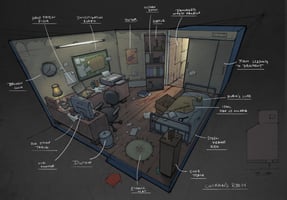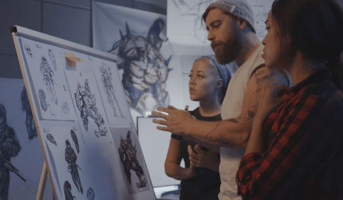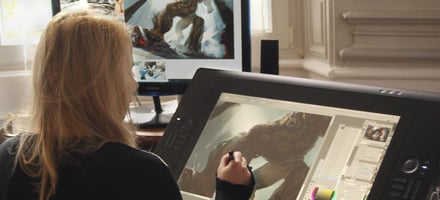Concept art is a form of illustration used to convey ideas and create visual content for the...
Unlocking the Creative Potential of Hatching-Drawing: Techniques for Mastering the Art of Shading and Rendering
Hatching-drawing is an important technique used in drawing and illustration when creating a realistic effect. It involves using multiple, parallel lines to create a range of tones and textures. This technique is used to create the illusion of light and shadow on a surface, and to add a sense of depth and dimension to a drawing. Hatching-drawing is a great way to add detail and depth to a drawing. It can be used to create a range of tones and textures that are not possible with single-color drawings.
This technique is especially useful for creating the illusion of light and shadow on a surface. It can be used to give the appearance of texture and depth to a two-dimensional drawing, making it appear more realistic. Hatching-drawing is a skill that takes some practice to perfect. It is important to understand how light and shadow affect a surface in order to get the most realistic effect.
It is also important to consider the angle of the hatching lines in relation to the surface, and the direction of the light source. The more precise the hatching lines, the more realistic the result. For the beginner artist, starting with a light sketch can help to understand the surface and light source before attempting hatching-drawing.
This will help to create a more accurate representation of the subject. Practice can also help to perfect the technique, as well as to become more familiar with the tools used. Hatching-drawing is a great way to add detail and realism to a drawing, and is an important part of the drawing and illustration process. With practice, the results can be stunning and will help to bring a drawing to life.




